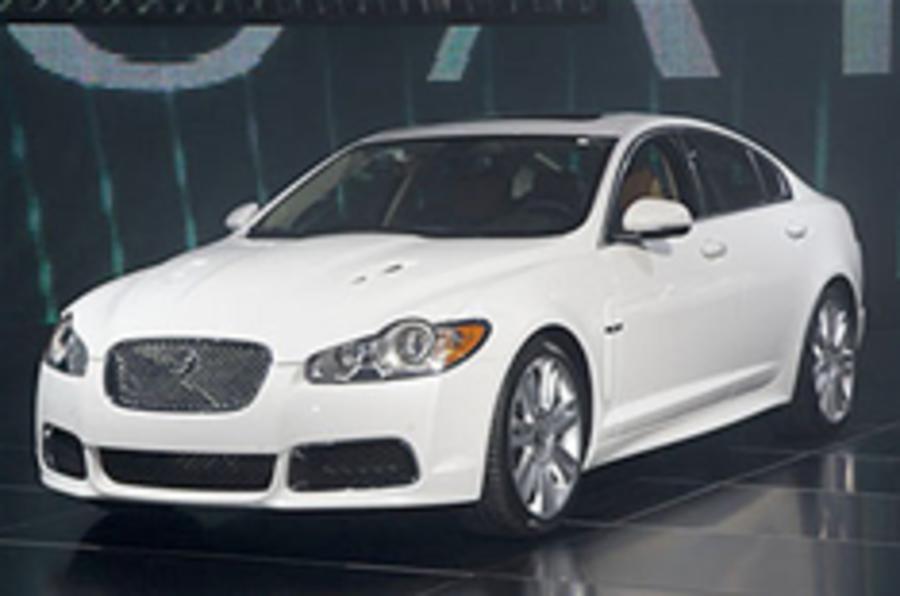The new £59,900 Jaguar XFR will be one of the quickest cars road cars ever sold in the UK, according to the first performance figures released by the company.
The Coventry-based maker is claimed that the Jaguar XFR can sprint from 50mph to 70mph in just 1.9 seconds, making it marginally swifter than Audi’s RS6. The 0-60mph sprint should take just 4.7secs.
After 12 years and 600,000 units built of the previous V8, Jaguar has engineered a completely new motor, with just two parts carried over: the exhaust tappets and the cylinder head bolts.
Designed and developed in-house, the new Jaguar V8 arrives initially in 5.0-litre form in both supercharged (503bhp) and naturally aspirated (380bhp) forms. Despite the hike in size compared with the outgoing 4.2-litre V8, and the leaps in power and torque, the new engine does not use any more fuel.
>> See more pics of the new Jaguar XFR
As well as direct fuel injection and variable camshaft timing, the Jaguar XFR’s V8 is fitted with a new, sixth-generation supercharger. Company engineers say the unit is "much, much" more efficient than previous blowers.
It also helps deliver some 331lb ft of torque for the Jaguar XFR from below 1000rpm, before peaking at 461lb ft between 2000 and 5000rpm. Project engineers say that a key aim with the new Jaguar XFR was to provide better throttle response than in rival cars.
The engine drives an upgraded version of Jaguar’s well-established six-speed ZF auto 'box. As well as being able to handle more torque, the ‘box also ‘locks-up’ in second gear and above once the engine has reached 1000rpm. This helps remove the typical ‘slushy’ feel associated with auto 'boxes.
Jaguar’s previous Computer Active Technology Suspension has been dropped and replaced by a new system based around Bilstein dampers and its own control system, which is designed to control vertical body movement, body roll and pitch.
In an attempt to keep Jaguar XFR straight and level, the system monitors body motion 100 times a second to try and keep the body level and it monitors wheel position 500 times a second to try and control wheel ‘hop’. It can also move to reduce the car’s roll rate, using information from the steering wheel inputs, and predicts pitch from throttle and brake inputs.
The Jaguar XFR sits 27mm lower than normal and also gets higher spring and anti-roll bar rates, as well a 10 per cent faster steering rack ratio.





Add your comment